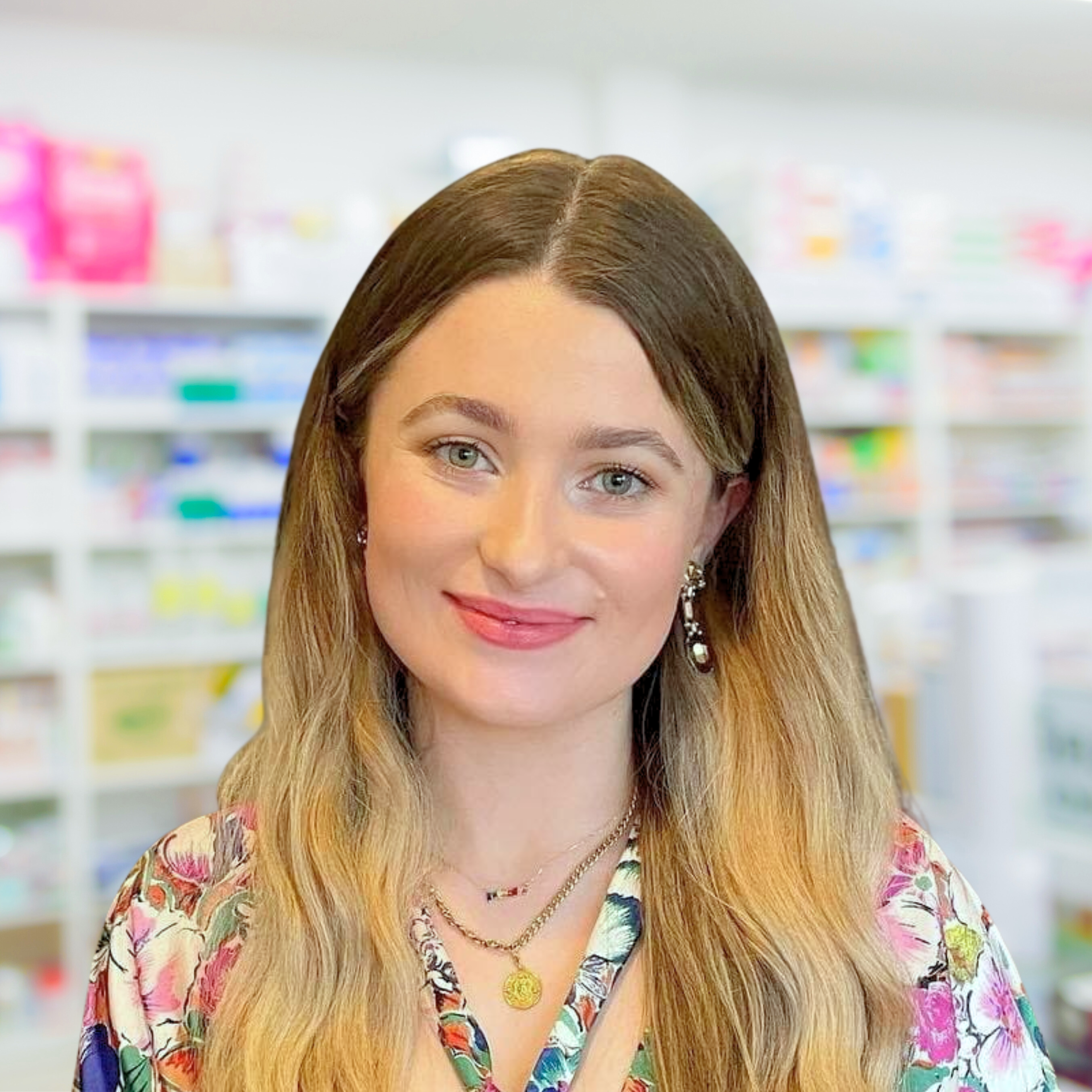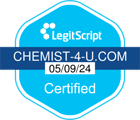Everything you need to know about drowsy and non-drowsy antihistamines

When you are suffering from an allergic reaction or hay fever you will be looking for a fast, effective treatment that will stop the symptoms as soon as possible. There are a lot of treatments available, in particular, antihistamines, which stop the body producing the symptoms associated with an allergic reaction. However, when it comes to choosing the right treatment for you there are a number of different things that you need to consider.
What is an antihistamine?
Before going into the different types of antihistamines, it is probably a good idea to explain what an antihistamine actually is. As the name might suggest, an antihistamine prevents the effects of histamine. Histamine is a group of chemicals that control the immune system. They basically help to remove anything affecting the body, which in the case of an allergy is allergens. Even though the body thinks that the allergens are a threat, they actually aren’t and the overreaction causes the symptoms that you commonly associate with an allergy. This is why antihistamines are used, to suppress those effects.
How does an antihistamine work?
An antihistamine works by stopping the histamine produced by the body in the event of an allergic reaction. Generally speaking, they take about 30 minutes to work and are at their most effective after 1-2 hours. Antihistamines are better as a preventative measure rather than a cure for symptoms. If you use a treatment before symptoms fully form, you will have a better chance of stopping the symptoms altogether.
Why are there drowsy and non-drowsy antihistamines?
The reason why there are antihistamines that make you drowsy and ones that don’t is simply down to advancement in pharmaceuticals. The drowsy antihistamines are what is known as first-generation antihistamines. These are the older antihistamines such as chlorphenamine, hydroxyzine, and promethazine. The non-drowsy antihistamines, which include cetirizine, loratadine, and fexofenadine, are known as second-generation antihistamines. The only difference between them in terms of treating an allergy is the effect of drowsiness the older type has. This effectively means that the first-generation antihistamines can also be used as other forms of medical treatment.
First-generation antihistamines, most commonly promethazine or diphenhydramine, are also used as a treatment for travel sickness and sleep loss, thanks to the sedative effects that the drug provides. This means that any form of medication with the active ingredient as promethazine or hydroxyzine can be used for multiple conditions. Chlorphenamine has a weaker sedative effect than other first-generation antihistamines which means that it is not as effective for sleep loss or travel sickness. This means that chlorphenamine may be preferable as hay fever or allergy treatment compared to others. Some antihistamines are combined with other types of drugs in cold and flu medication or treatments for a cough.
So Second-Generation antihistamines don’t make you drowsy then?
Well, in most cases no. This might look like it’s rendering this whole thing pointless but it’s not. Yes, one of the potential side effects for second-generation antihistamines is drowsiness. However, the likelihood of experiencing this is much lower than with first-generation antihistamines and most will not experience it.
Which is the best antihistamine to use?
The simple answer to this question is that there is no best antihistamine. Since they all do the same thing. Depending on the symptoms that you experience you may find that one type of treatment works and then another time it doesn’t. For this situation, the best cause of action is to try different types of treatment.
Below is a list of some antihistamines that are available and what type of treatments it is available in.
| Ingredient | First or Second Generation | Available In |
| Cetirizine | Second-Generation | Tablets, Capsules, Liquid |
| Loratadine | Second-Generation | Tablets, liquid |
| Promethazine | First-Generation | Tablets, Capsules, Liquid |
| Chlorphenamine | First-Generation | Tablets, Liquid |
| Fexofenadine | Second-Generation | Tablets |
| Diphenhydramine | First-Generation | Tablets, Liquid, Cream |
| Acrivastine | Second-Generation | Tablets, Capsules, Liquid |
| Clemastine | First-Generation | Tablets |
| Triprolidine | First-Generation | Tablets, Liquid |
| Desloratadine | Second-Generation | Tablets, Liquid |
Many antihistamines are available without the need for a prescription or pharmacist approval. Some will require pharmacy approval as they are a higher dosage. Some antihistamines, for example, fexofenadine and desloratadine, are only available via a prescription.




